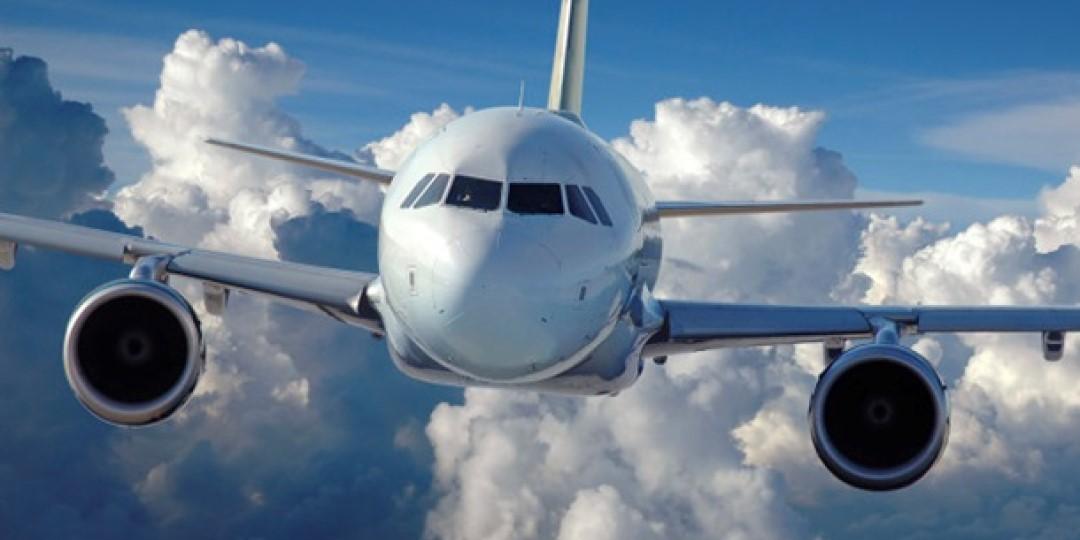A precursor to the establishment of the Single African Air Transport Market (SAATM) is to forge ahead with a bloc of African countries, including South Africa, agreeing to take part in a pilot implementation project (PIP) under the auspices of the African Civil Aviation Commission.
The SAATM will provide more open market access for airlines registered in participating countries.
Under the PIP, on December 11 Kenya Airways will launch a new Nairobi-Accra-Dakar service with fifth freedom traffic rights, enabling it to pick up and drop off passengers flying between Accra and Dakar. It will target corporate passengers on this route with nine weekly Nairobi-Accra flights, of which four will extend to Dakar.
However, South Africa’s airlines still remain in the dark as the Department of Transport has not yet briefed them nor provided guidance on how to participate or about the processes involved.
Airlines Association of Southern Africa CEO Aaron Munetsi says South African airlines could benefit from participating in the PIP as it should give them access to new markets.
“The PIP seeks to level the playing field for our South African airlines because they will be able to complete their expansion programmes into those other participating African countries without any hindrances. It should enable participating airlines to operate flights to destinations they choose and at frequencies they determine, on the basis of prior notification to, and approval granted by authorities, instead of within the confines of onerously prescriptive bilateral air service agreements.”
If it does what it says, the PIP will give passengers greater choice of airlines, destinations and routings, with competition driving down ticket prices. “The PIP is a very good example of cooperation and commitment amongst like-minded African countries for the benefit of all sectors of the economy and population,” Munetsi adds.
SAATM, in addition to greater market access, is meant to provide harmonised regulatory and tariff frameworks and dispute resolution mechanisms. If and when achieved, it would mark a departure from the current system where pairs of countries negotiate bilateral air service agreements that prescribe market access, destinations, capacity, frequency and the number of carriers permitted to operate them.
It is an African Union (AU) flagship project alongside the Africa Continental Free Trade Area and the Free Movement of Persons Protocol. Together they are the essential pillars of the AU’s Agenda 2063 initiative to progress Africa's development.
The open skies for Africa concept was first mooted by the World Bank in November 1988 and adopted by the then Organisation of African Unity as the Yamoussoukro Declaration. A lack of support from member states of the OAU and its successor, the African Union, saw it undergo changes in 1999 and again in 2016 when it was repackaged as SAATM and launched by the AU in 2018.
So far, 34 of the AU’s 55 members, representing about 80% of Africa’s airline traffic, have indicated support for SAATM and, of those, 17 have ratified their commitment and are involved in the PIP. They are Kenya, Ethiopia, Rwanda, South Africa, Cape Verde, Côte d'Ivoire, Cameroon, Ghana, Morocco, Mozambique, Namibia, Nigeria, Senegal, Togo, Zambia, Niger and Gabon.
Iata supports the opening up of Africa's skies and the associated regulatory reform to create greater connectivity. Competition will drive operating efficiencies, which, in turn, will reduce the cost of air transport and the cost of doing business in Africa. It will stimulate travel, tourism and trade, attract investment and the resultant economic growth will create jobs, sustain livelihoods, promote social stability and enhance competitiveness.
SAATM has met some resistance. In 2018, the Airlines of Nigeria industry body opposed SAATM over concerns that it could not guarantee a fair and level playing field.
– Travel News / Marita Nortjé













